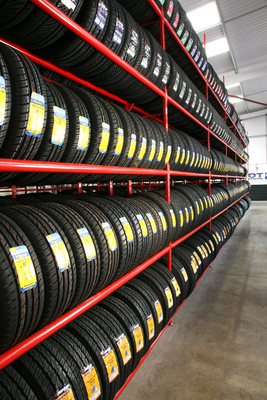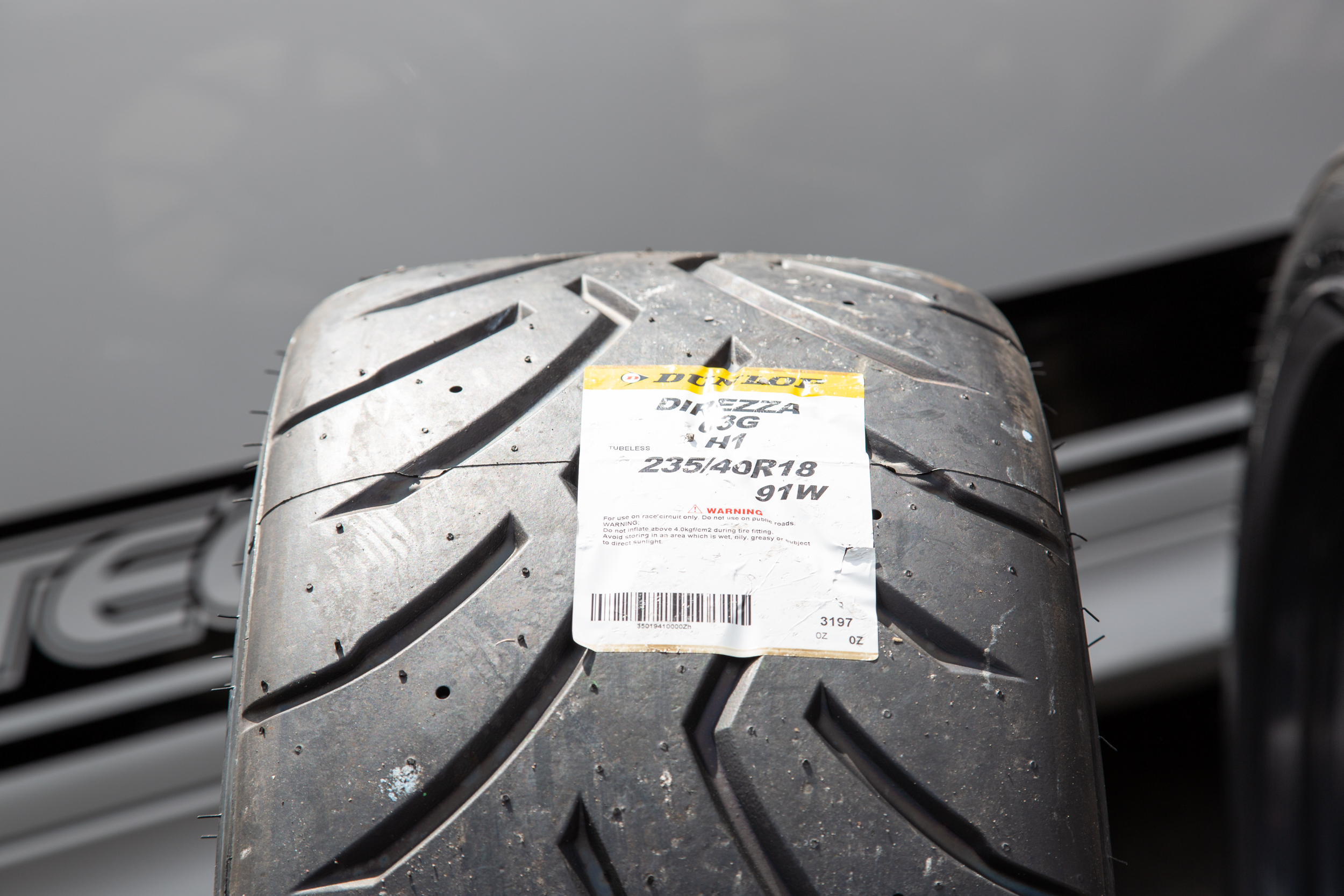All Categories
Featured
Table of Contents
I was able to obtain 100 hours out of one of these tires, and while it had absolutely no tire lugs left on it, the soft compound made it work really wellas long as I was utilizing a soft mousse. Kitt Stringer picture Easy mounting - 3Wear - 3Sidewall strength - 3Performance on roots - 4Performance on damp rocks - 2Traction on dirt - 5Cornering capacity - 4Traction while stopping - 4Self-clearing of dirt and mud - 3Performance in mud - 3Overall predictability or tracking - 3 _ 37 Verdict: This is an excellent all-around tire with great value for cash.

The wear corresponded and I such as for how long it lasted and how consistent the feel was throughout usage. This would additionally be a good tire for faster races as the lug size and spacing little bit in well on rapid surface. Kitt Stringer picture Easy installing - 3Wear - 3Sidewall toughness - 3Performance on origins - 4Performance on damp rocks - 4Traction on dust - 4Cornering capability - 4Traction while braking - 5Self-clearing of dust and mud - 4Performance in mud - 4Overall predictability or monitoring - 4_42 Final thought: I liked this tire a great deal.
If I needed to get a tire for hard enduro, this would remain in my top option. Easy installing - 3Wear - 3Sidewall stamina - 3Performance on roots - 4Performance on wet rocks - 3Traction on dust - 4Cornering capability - 3Traction while stopping - 3Self-clearing of dirt and mud - 4Performance in mud - 4Overall predictability or monitoring - 3 _ 34 Verdict: This tire was very soft and flexible.
All the gummy tires I tested done rather close for the initial 10 hours approximately, with the victors going to the softer tires that had far better traction on rocks (Tyre replacement). Purchasing a gummy tire will absolutely provide you a strong advantage over a routine soft substance tire, yet you do spend for that advantage with quicker wear
Tyre Performance (Bassendean WA)
This is an excellent tire for springtime and fall problems where the dirt is soft with some moisture still in it. These tested race tires are great all about, but put on swiftly.
My overall winner for a difficult enduro tire. If I needed to invest money on a tire for everyday training and riding, I would pick this.
Tyre Repair – Bassendean
I've been running a collection of Michelin Power Pilot 2CT's on my track Daytona 675 for the past year. In that time I have actually done 15 track days in all weather conditions from chilly wet to very hot and these tyres have never missed a beat. Tyre sales. I've done almost 2,000 miles (3,200 kilometres) on them and as you can see from this shot of the front taken after very first session of my 15th track day on them, they still have rather a great deal of rubber left on them
Basically the 2CT is an impressive track day tyre. If you're the kind of cyclist that is most likely to run into both damp and dry problems and is beginning on course days as I was last year, after that I think you'll be hard pushed to discover a better value for money and proficient tire than the 2CT; a set of which will set you back around 185 (US$ 300) in the UK.
Thinking of a better all round road/track tire than the 2CT should have been a hard job for Michelin. The outcome of that effort is the Michelin Pilot Power 3 which essentially replaces the Pure. Don't perplex this new tire with the roadway going Pilot Road 3 which is not created for track usage (although some motorcyclists do).
They motivate massive confidence and give amazing grip degrees in either the damp or the dry. When the Pilot Power 3 released, Michelin recommended it as a 50:50% road: track tyre. That message has lately changed because the tires are currently advised as 85:15% roadway: track usage rather. All the rider reports that I've reviewed for the tyre price it as a much better tire than the 2CT in all locations yet especially in the damp.
Top Wheel Alignment Near Me – Bassendean WA
Technically there are rather a few differences between the two tires although both make use of a double substance. Visually you can see that the 2CT has less grooves reduced right into the tire yet that the grooves run to the edge of the tire. The Pilot Power 3 has more grooves for much better water dispersal but these grooves do not reach the shoulder of the tyre.
One aspect of the Pilot Power 3 which is various to the 2CT is the brand-new 2CT+ modern technology which extends the harder middle section under the softer shoulders (on the rear tire). This must provide much more stability and decrease any type of "agonize" when increasing out of corners despite the lighter weight and more adaptable nature of this new tyre.

Although I was a little uncertain regarding these lower pressures, it ended up that they were great and the tires carried out really well on the right track, and the rubber looked far better for it at the end of the day. Equally as a factor of referral, other (rapid team) cyclists running Metzeler Racetecs were using tire stress around 22-24 psi for the rear and 24-27 psi on the front.
Developing a much better all rounded road/track tyre than the 2CT need to have been a tough task for Michelin. The outcome of that initiative is the Michelin Pilot Power 3 which essentially changes the Pure. Do not puzzle this brand-new tire with the roadway going Pilot Roadway 3 which is not made for track usage (although some riders do).
Top Cheap Car Tyres Near Me
When the Pilot Power 3 introduced, Michelin advised it as a 50:50% roadway: track tyre. All the rider reports that I have actually read for the tyre price it as a much better tire than the 2CT in all locations however especially in the damp.

Technically there are numerous distinctions in between the 2 tires although both utilize a double compound. Aesthetically you can see that the 2CT has fewer grooves reduced right into the tire yet that the grooves run to the side of the tire. The Pilot Power 3 has even more grooves for far better water dispersal however these grooves do not reach the shoulder of the tyre.
One aspect of the Pilot Power 3 which is various to the 2CT is the new 2CT+ innovation which expands the harder center section under the softer shoulders (on the back tire). This should offer more security and lower any "squirm" when increasing out of edges regardless of the lighter weight and more flexible nature of this new tyre.
I was slightly uncertain regarding these reduced pressures, it transformed out that they were great and the tyres performed actually well on track, and the rubber looked much better for it at the end of the day - Tyre shop services. Equally as a point of recommendation, various other (quick group) cyclists running Metzeler Racetecs were making use of tyre pressures around 22-24 psi for the back and 24-27 psi on the front
Latest Posts
Best Wheel Alignment Near Me
Top Tyre Care Near Me – Bassendean
Affordable Performance Tyres Near Me ( Swan 6055 WA)